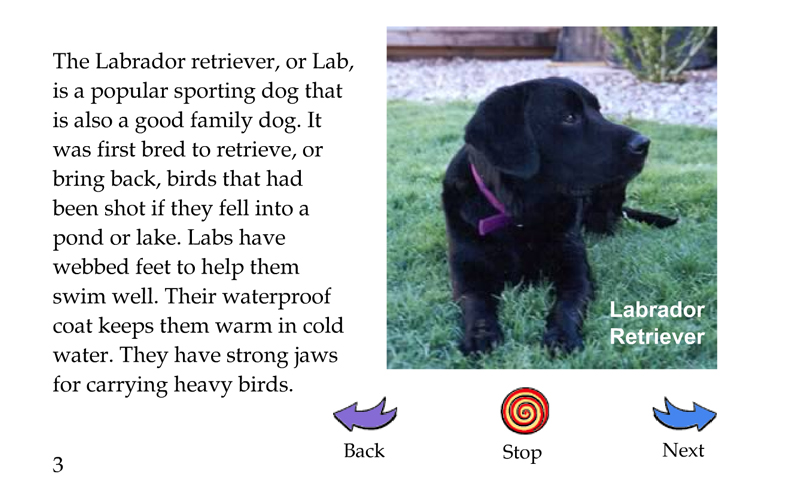The Unseen Bond: How Homeless People and Pets Support Each Other in Times of Crisis
#### Description:In urban landscapes across the globe, a poignant relationship unfolds between homeless people and their pets. This connection often goes un……
#### Description:
In urban landscapes across the globe, a poignant relationship unfolds between homeless people and their pets. This connection often goes unnoticed by the general public, yet it plays a significant role in the lives of those who find themselves without stable housing. The companionship of animals can provide emotional support, a sense of purpose, and even physical safety to individuals facing the harsh realities of homelessness.

For many homeless people, their pets are not just animals; they are family. These loyal companions offer unconditional love and companionship, which can be incredibly comforting in a world that often feels cold and unwelcoming. The bond formed between a person and their pet can be a source of resilience, helping them to cope with the daily struggles of life on the streets. Studies have shown that having a pet can reduce feelings of loneliness and depression, which are common among those experiencing homelessness.
Moreover, the presence of pets can provide a sense of security for homeless people. In a vulnerable situation where safety is a constant concern, having a dog, for instance, can deter potential threats and provide a sense of protection. The instinctual loyalty of dogs, in particular, can create a protective barrier that makes individuals feel safer in their surroundings. This protective nature is a significant factor that influences many homeless people to keep their pets close, despite the challenges they may face in providing for them.

However, the bond between homeless people and their pets is not without its challenges. Access to resources such as food, veterinary care, and shelter is often limited for both parties. Many homeless people struggle to find pet-friendly shelters, forcing them to choose between their own safety and the well-being of their pets. This heartbreaking dilemma highlights the need for more inclusive services that cater to both homeless people and their beloved animals.
Community organizations and shelters have begun to recognize this unique relationship, leading to initiatives aimed at supporting homeless people with pets. Programs that provide food, veterinary services, and temporary housing for pets can make a significant difference in the lives of homeless people. By addressing the needs of both individuals and their animals, these programs not only improve the quality of life for homeless people but also strengthen the bond they share with their pets.

In conclusion, the relationship between homeless people and their pets is a testament to the resilience of the human spirit. It is a reminder that even in the most challenging circumstances, love and companionship can thrive. By raising awareness and advocating for resources that support this bond, society can take steps toward creating a more compassionate environment for both homeless people and their pets. Together, they navigate the complexities of life on the streets, demonstrating that the ties of affection can endure, even in the face of adversity.